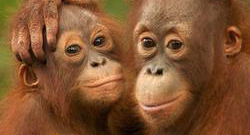soya
Last edited 1 January 1970 at 1:00am
n/a
Posted by jossc — 17 April 2009 at 11:48am
-
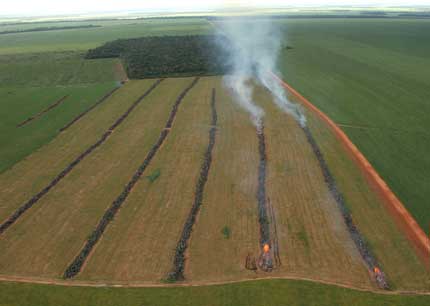
Huge areas in the Amazon rainforest are illegally logged to clear land for soya plantations © Greenpeace/Beltra
Some good news just in from Brazil, where soya traders have reinforced their commitment to boycott soya grown in newly deforested areas of the Amazon.
Clearing-cutting to make space for new soya plantations has been one of the main causes of rainforest destruction in recent years, which is why we campaigned successfully for a moratorium (temporary ban) three years ago.
Posted by jamie — 19 January 2009 at 11:27am
-
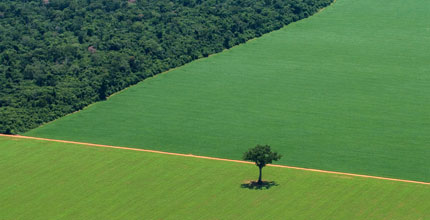
The challenges of monitoring the effects of
deforestation on the Amazon are immense. The vast areas which need to be
covered means it's difficult to keep tabs on what's happening on the remote
fringes of the rainforest and news
of illegal logging and other environmental damage can take a long time to reach
the authorities, if they find out at all.
To help solve this problem, the Greenpeace
team in Brazil
has been training local people to map the impacts of the soya industry in the
Santarém region of the forest, the heart of soya production in the Amazon. It's
a collaborative project with Brazilian organisations Projeto Saude e Alegria (Health
and Happiness Project) and the Rural Workers Unions of Santarém and nearby
Belterra, training people to use GPS technology to pinpoint the damage caused
by intensive agriculture, empowering them to help defend their land and the rainforest.
Last edited 1 January 1970 at 1:00am
n/a
Last edited 1 January 1970 at 1:00am
n/a
Last edited 1 January 1970 at 1:00am
n/a
Last edited 1 January 1970 at 1:00am
n/a
Posted by jamie — 24 July 2007 at 4:13pm
-
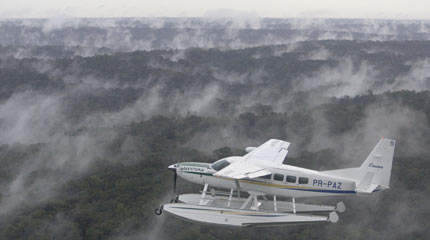
Memories of the giant chickens that invaded branches of McDonald's last year might be fading fast, but it's one year since a moratorium was agreed on buying soya from the Amazon rainforest. It was our chicken-led campaign that helped spur McDonald's and UK supermarkets into putting pressure on the soya traders in Brazil, who were trading in beans grown in newly deforested areas of the rainforest.
Last edited 24 July 2007 at 11:39am
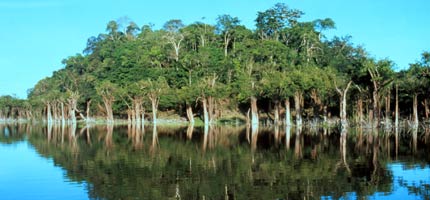
As the largest remaining rainforest on the globe, the Amazon rainforest is one of the most diverse ecosystems in the world. It is vast, stretching across 7.8 million km2, 5 per cent of the Earth's surface and several South American countries. However, over 60 per cent lies within Brazil's borders, and it's here that we're focusing our efforts to protect this rainforest.
Last edited 19 July 2007 at 1:50pm
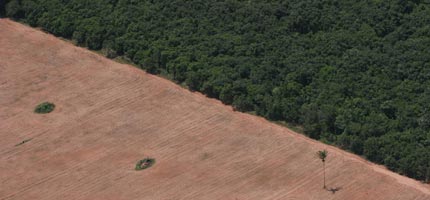
Huge areas of the Amazon rainforest have been cleared for soya plantations
As the human population and our consumption of resources grow, more and more land is being turned over to agricultural production. This is at the expense of natural habitats such as mangroves, wetlands and, of course, ancient forests. In particular, it's the growing importance of soya beans and palm oil as global commodities are key drivers of deforestation.






